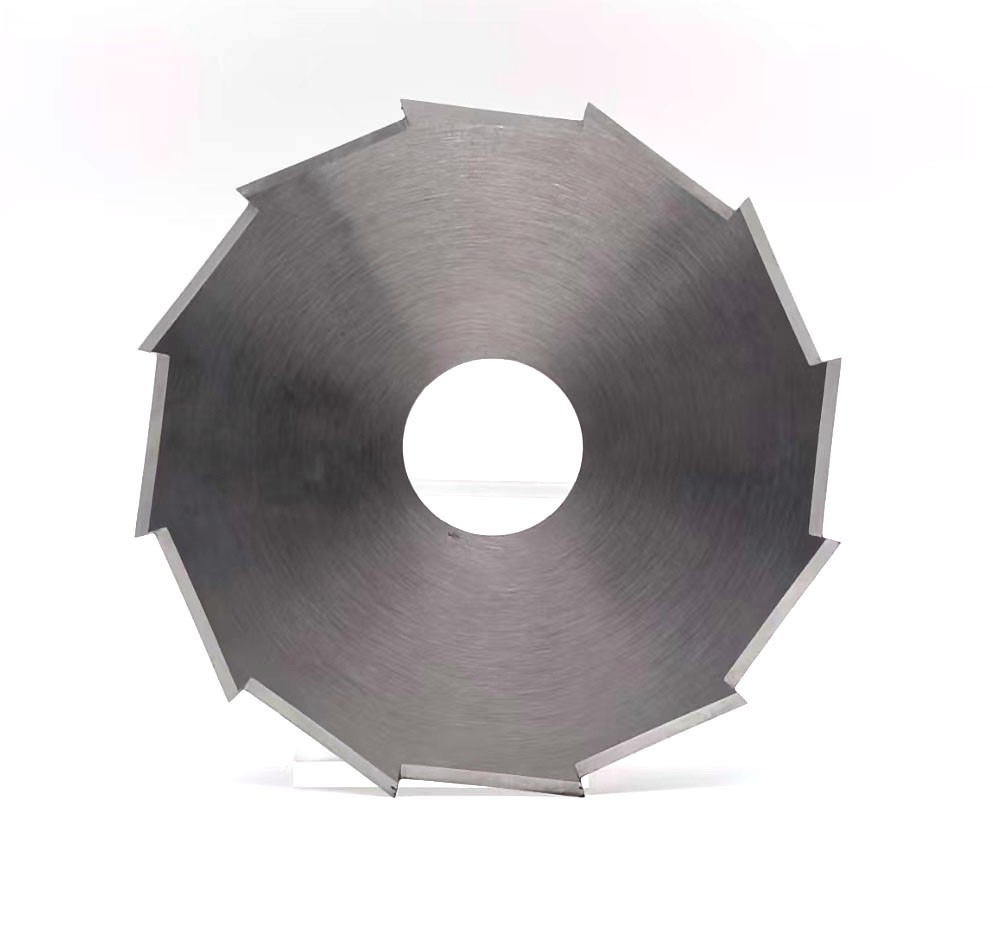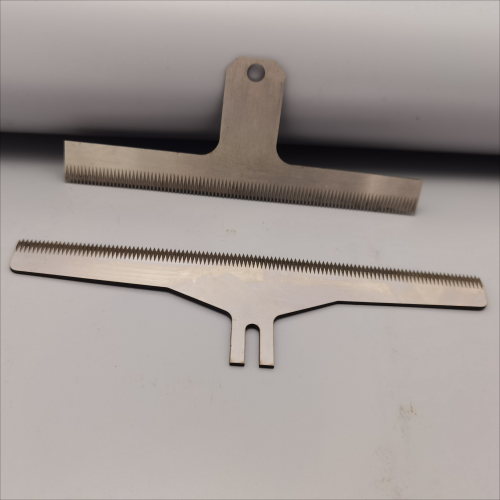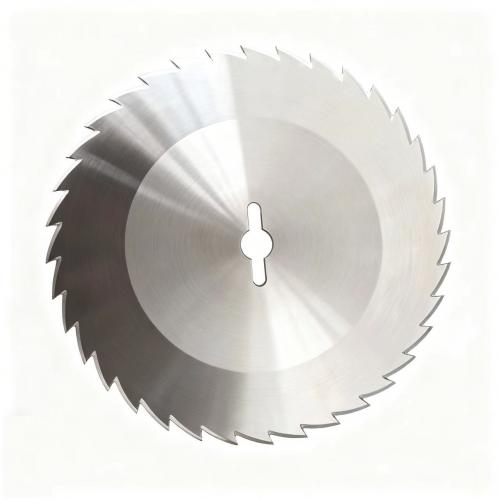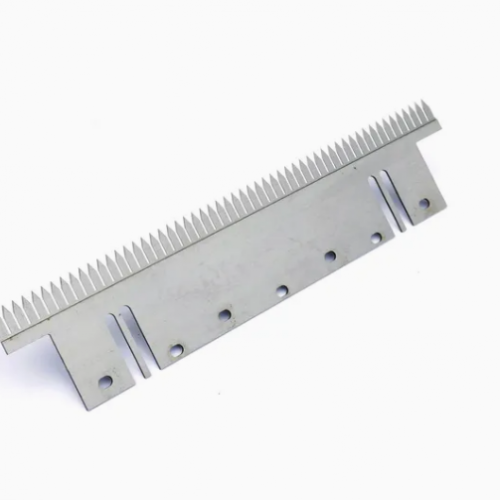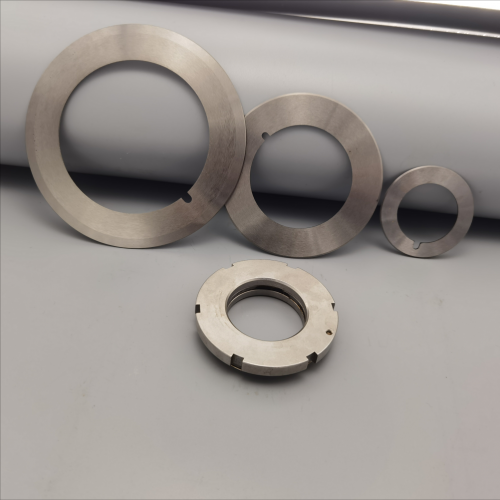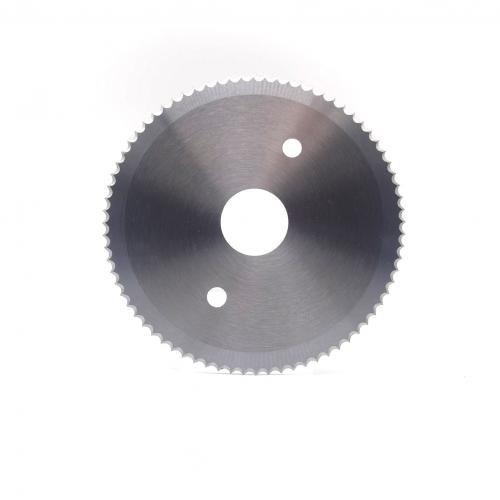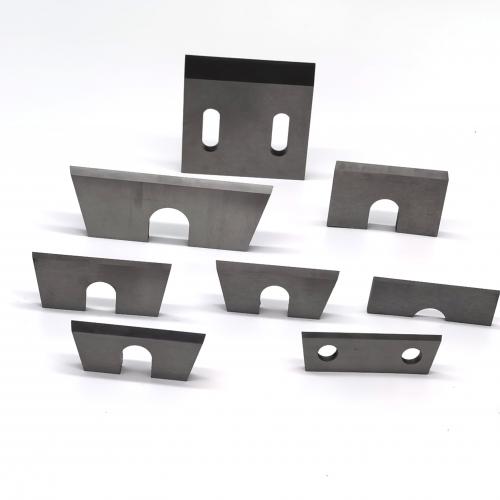Electronics Industry knives
Industrial Blades in the Electronics Industry
In the electronics manufacturing sector, industrial blades refer to specialized cutting tools designed for precision machining, slicing, or shaping electronic components and materials. These blades are critical for processes requiring micron-level accuracy, wear resistance, and thermal stability, and they are widely used in semiconductor, PCB (Printed Circuit Board), display panel, and microelectronics production. Below is a detailed overview:
1. Types and Applications
(1) Semiconductor Wafer Dicing Blades
Materials: Diamond (monocrystalline/polycrystalline), Cubic Boron Nitride (CBN).
Applications: Cutting silicon wafers, GaAs (gallium arsenide), SiC (silicon carbide), and other hard/brittle materials.
Key Features:
Ultra-thin design: Blade thickness as low as 20 μm to minimize material loss.
High precision: Cutting kerf widths below 10 μm to prevent wafer chipping.
Cooling systems: Micro-channel cooling to reduce thermal stress.
(2) PCB Machining Blades
Types:
Milling blades: For PCB drilling and contour cutting (e.g., V-cut separation).
Laser blades: Non-contact cutting for high-precision multilayer PCBs.
Punch blades: Mass production of flexible PCBs (FPCs) or thin rigid PCBs.
Requirements:
Abrasion resistance: To withstand glass fiber, copper foil, and composite materials.
Anti-static design: Prevents electrostatic damage to sensitive components.
(3) Display Panel Cutting Blades
Materials: Diamond-coated blades or laser systems.
Applications: Cutting OLED, LCD glass substrates, or flexible screen materials.
Challenges: Avoiding micro-cracks and burrs while ensuring smooth edges.
(4) Microelectronic Component Trimming Blades
Applications: Trimming leads of resistors, capacitors, and inductors.
Technology: Tungsten carbide blades paired with high-speed spindles (up to 100,000 RPM).
2. Core Technical Specifications
| Parameter | Description |
|---|---|
| Edge Precision | Edge runout <1 μm for consistent cutting performance. |
| Wear Resistance | Enhanced by coatings (e.g., TiN, diamond coatings). |
| Thermal Stability | Maintains hardness at high temperatures (e.g., diamond blades >800°C). |
| Impact Resistance | Withstands high-speed cutting (e.g., SiC wafer dicing at >300 mm/s). |
| Compatibility | Integration with automated systems (e.g., wafer dicers, PCB depaneling machines). |
3. Selection Guidelines
Material Compatibility:
Hard/brittle materials (SiC, glass): Diamond blades or laser cutting.
Composites (PCBs): Tungsten carbide or diamond-coated tools.
Operating Environment:
Dry/wet cutting: Blades must resist coolant corrosion in wet processes.
Cleanroom requirements: Dust-free coatings for semiconductor applications.
Cost Efficiency:
High-precision blades (e.g., diamond) offer long lifespan and high yield, ideal for mass production.
4. Industry Trends & Innovations
Ultra-Precision Machining: Atomic-level edge polishing for nanometer-scale accuracy.
Smart Blades: Embedded sensors for real-time wear monitoring and predictive maintenance.
Eco-Friendly Manufacturing:
Dry cutting techniques to reduce coolant usage.
Recyclable blade materials (e.g., diamond coating regeneration).
Hybrid Processes: Combining laser pre-grooving and mechanical finishing for efficiency.
For further details on specific applications (e.g., cutting processes for advanced materials), feel free to provide additional context!


